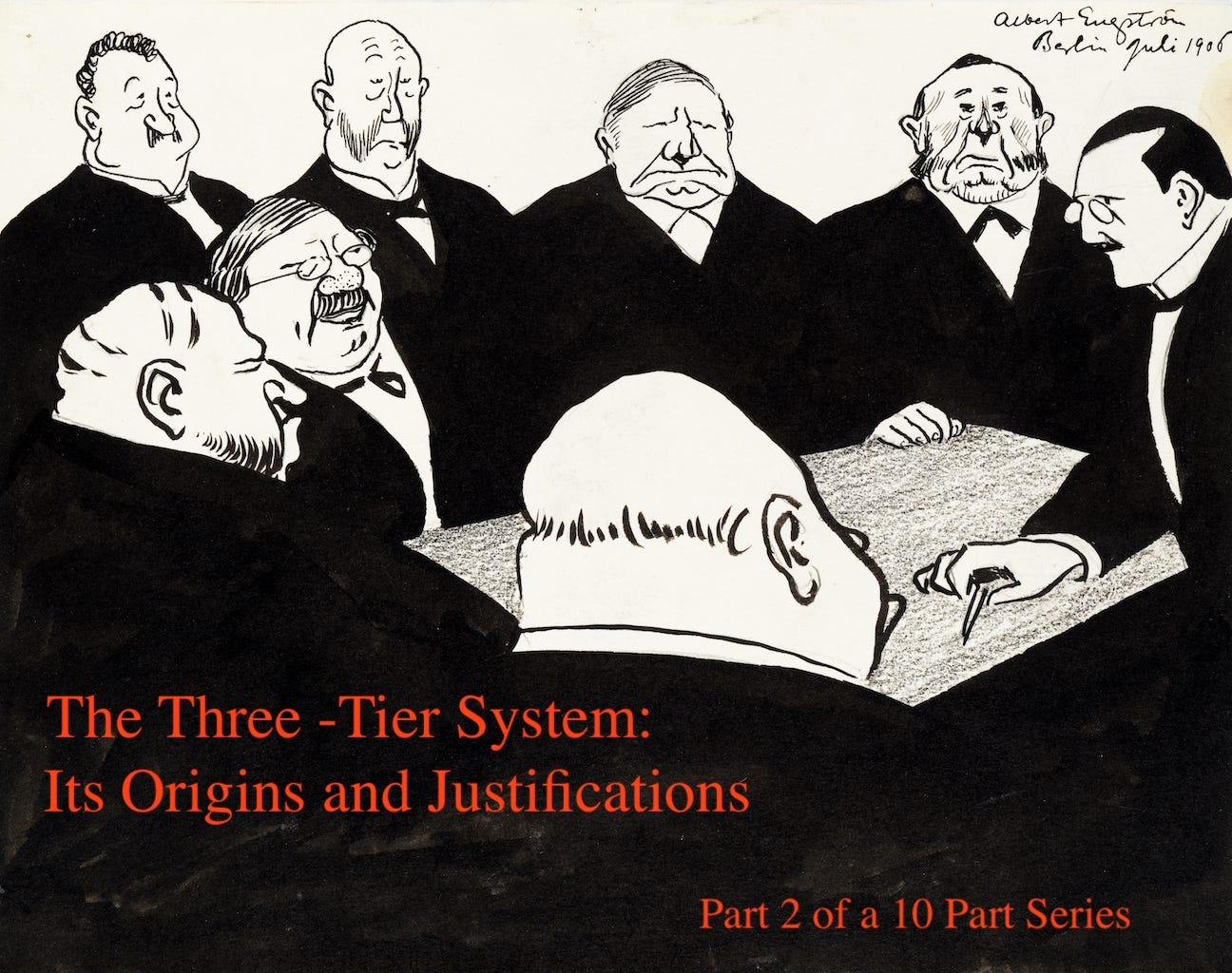The Origins and Justification for the Three Tier System of Alcohol Regulation
Part 2 of a 10-part series examining the Three Tier System of alcohol distribution
This is the second of a 10-part series examining the Three-Tier System of alcohol distribution in the United States. It is my intent to examine the details, history, impact, politics and alternatives to this uniquely American set of alcohol laws.
For approximately 14 years between 1920 and 1933, no state had much need for an alcohol regulatory system because national Prohibition outlawed the sale of alcohol in all states. But as Prohibition wound down in 1933, individual states were forced to scramble and make significant decisions on how alcohol sales, distribution, and consumption would be regulated. It was during the period between 1933 and 1935 when states passed laws to institute the “Three-Tier System” (TTS) as an important part of their new alcohol regulatory structure.
However, the real origins of the TTS date to well before Prohibition and the first two decades of the new century. To understand the TTS, one must undertand the conditions it was meant to prevent.
As I mention in Part 1 of this series, that element of a state’s alcohol regulatory system that we call the “Three Tier System” is defined by two specific provisions. First, seperate licensing and privileges of the producer, wholesale and retail tiers with cross ownership between the tiers being prohibited. Second, the requirements that alcohol producers may only sell their products to wholesalers located in each state where they want to see their products sold, while those wholesaler are the only legal source for retailers in the state to obtain their inventory.
By including these two provisions in their new alcohol laws after Repeal, Lawmakers were looking to prevent a return to “Saloon Culture” and a return of the tied house system of alcohol distribution. The story of why and whether the TTS is necessary today is an interesting one.


